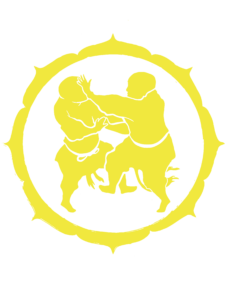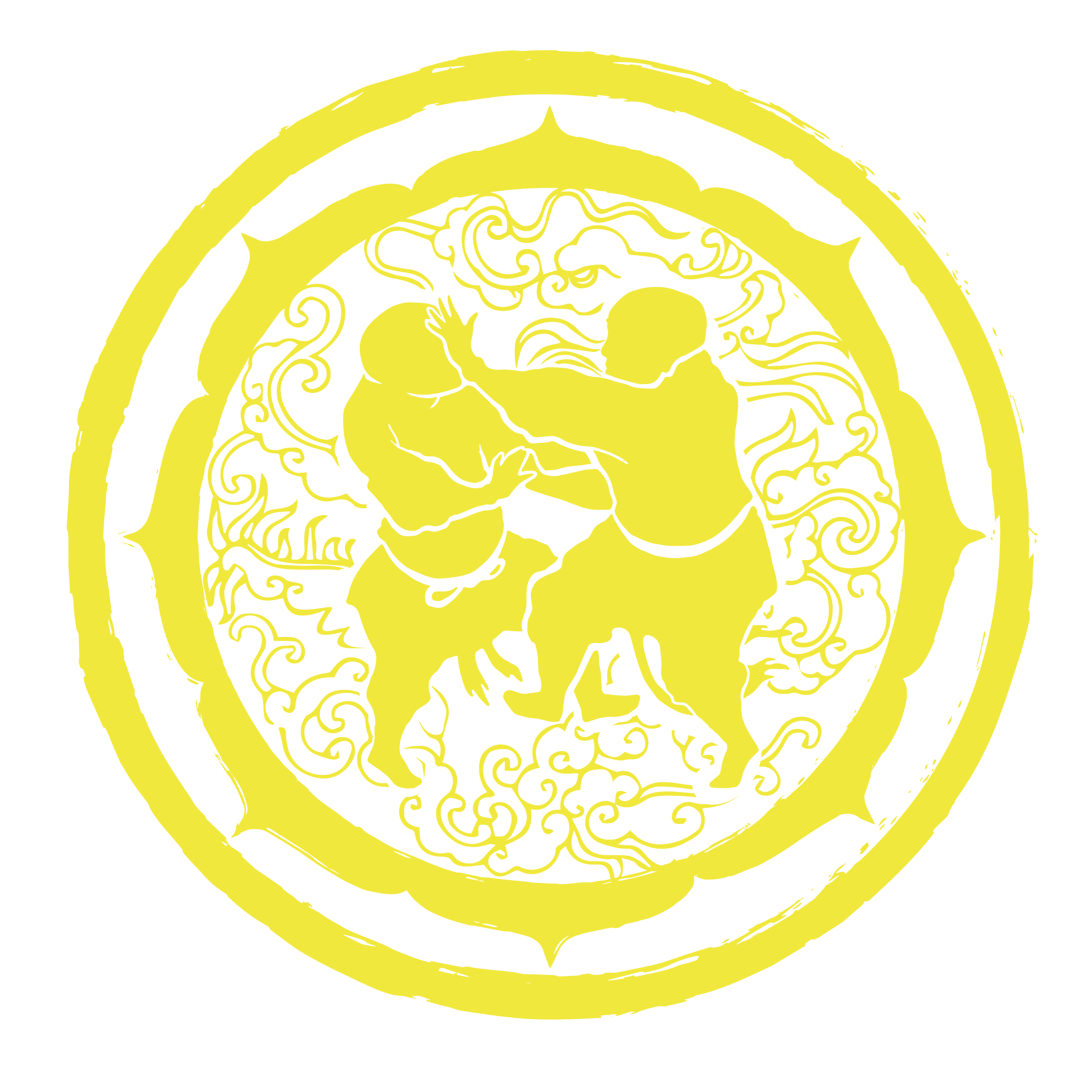Discover the history of our Style
Discover the history of our Style
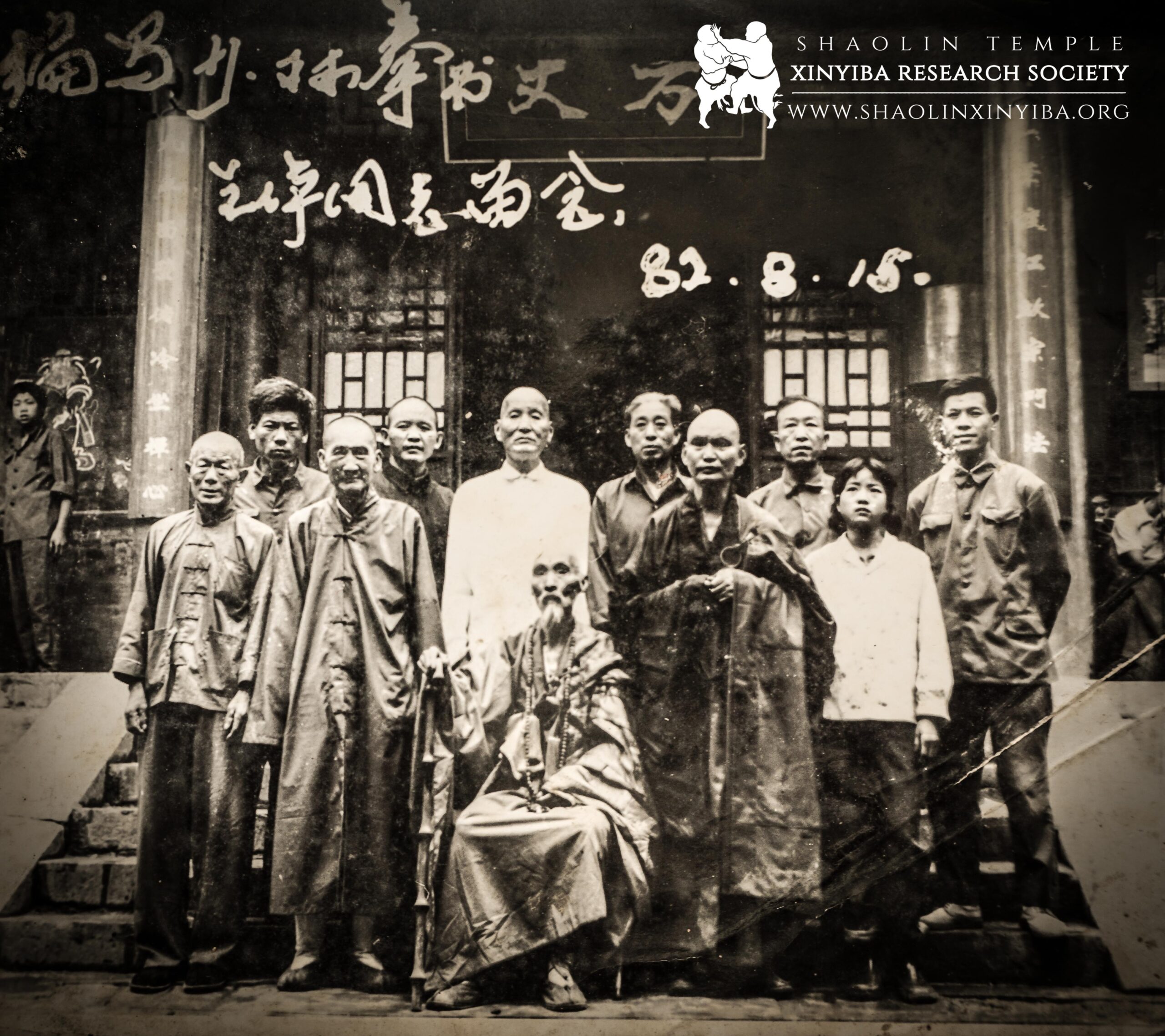
The origins of our Shaolin and Xinyiba Kung Fu
While the Shaolin boxing we teach is orthodox southern courtyard Shaolin Kung Fu, we are also the guardians of an even more unique and rare style, namely Shaolin Xinyiba – the branch of Xinyi boxing that was passed down in the Shaolin Temple since the Qing dynasty.
Ji Long was the founding father of Xinyiba. He was an outstanding spearman, who, once retired from the army, made his art of the spear into an art of the fist. He passed his knowledge and skills down to a handful of students, including Zheng Wukui (who is recorded in the annals of Dengfeng). Over the next few generations, there were various exchanges with the Shaolin Temple, until it eventually solidified itself as a recognized Shaolin practice within the higher ranks of the Wuseng (warrior monks).
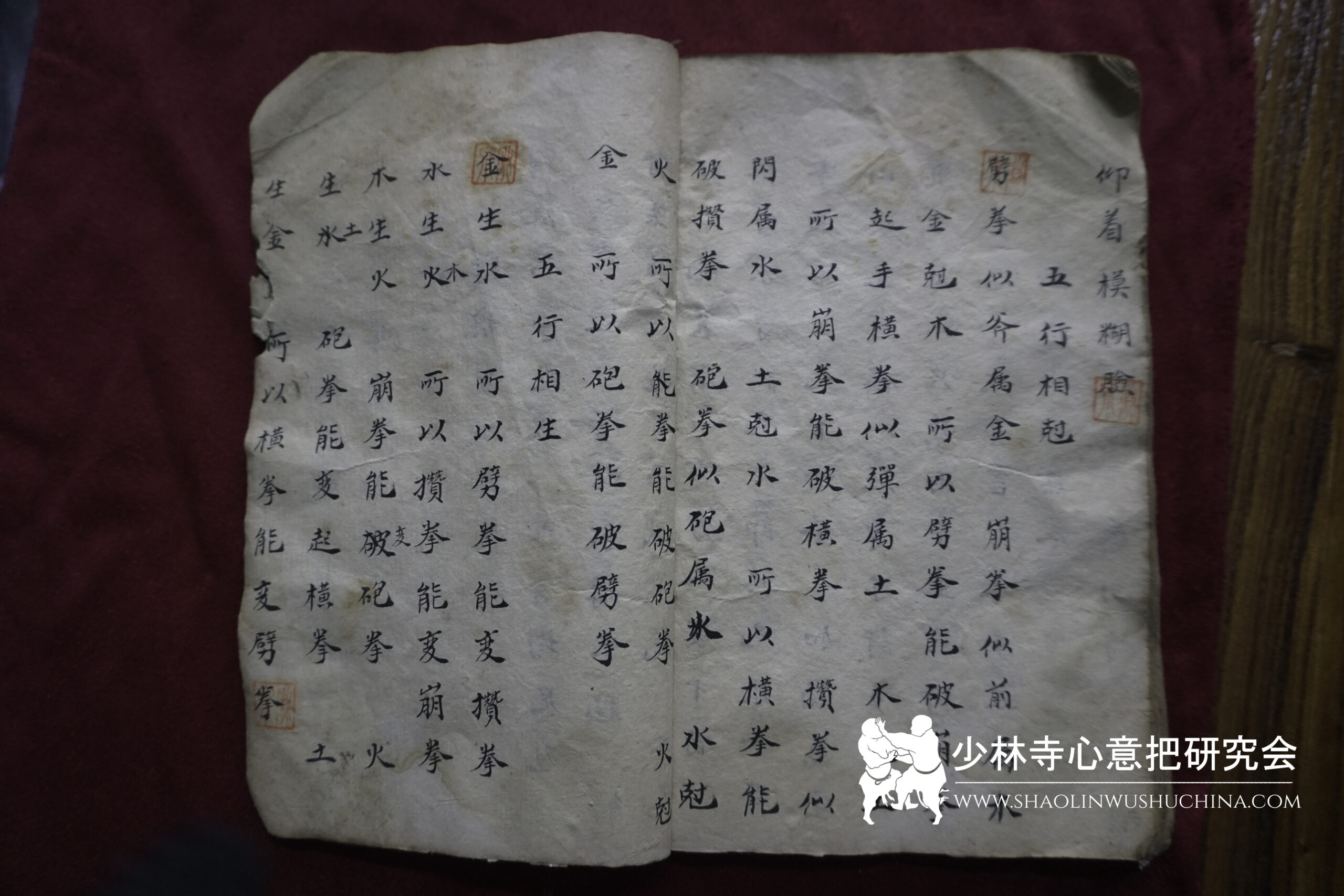
Secret Shaolin Kung Fu Manuscripts inherited by Hu Zhengsheng
Among the heirlooms inherited by Hu Zhengsheng, there is a variety of old Quanpu (kung fu manuscripts) dating back to the Qing Dynasty. One of them is a complete recording of the Xinyi and Liuhe methods written by Wang Zhicheng, a disciple of Zheng Wukui from Xin’An, Henan province. Parts of this and other manuscripts have been transcribed and even translated and will be published into a book by master Hu and his students.
Among the themes treated in those documents are the guiding principles of our practices. They were not written as a tutorial, but rather as a way of allowing future generations to know whether not they are on the right path, and help them align their practices with what is described in the manuscripts.
What distinguishes us from modern kung fu?
What distinguishes us from modern kung fu?
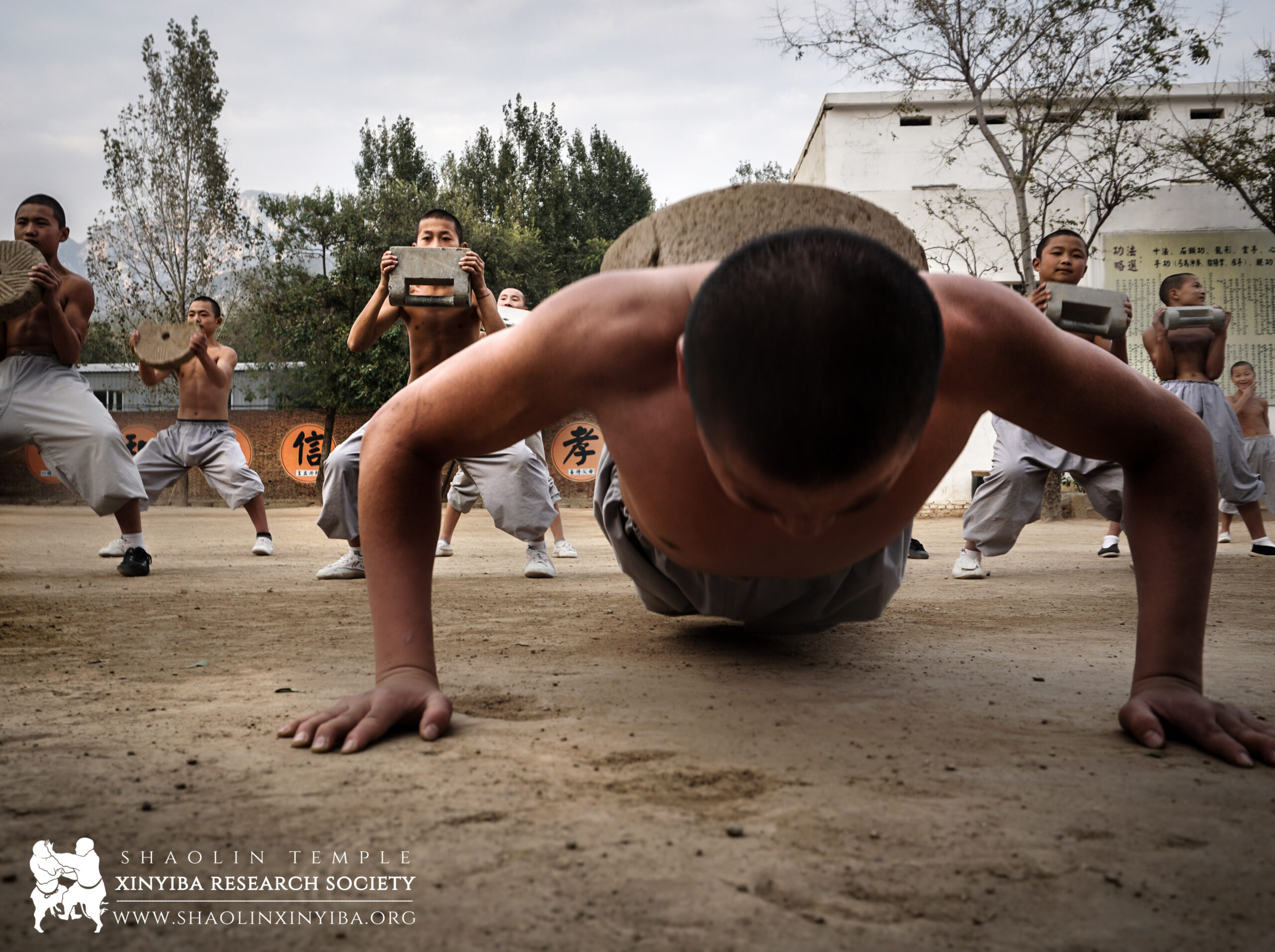
The focus is on Gongfa (功法 Skill-building methods) rather than forms
“Lian quan bu lian gong, dao lao yi yang kong” (Having practiced the forms but not the skills for a lifetime, when old, one is equally as empty as when one started). That saying holds a lot of truth in it in regards to martial arts. Forms (taolu) are merely a frame in which one can practice expressing skills and principles. The techniques contained in them, albeit valuable too, are secondary.
Skills one must master include for example footwork (步法), body method (身法), stance and postures skills (桩功), and breathing skills (气功 Qigong). None of these can be acquired via Taolu training alone. And so what we focus on in much of our training is the practice of “Gongfa’s”. They are a variety of unique postures, drills and exercises that build up the body’s connectivity in movement, that enhance one’s ability to generate power, that regulate the mind and the body, etc.
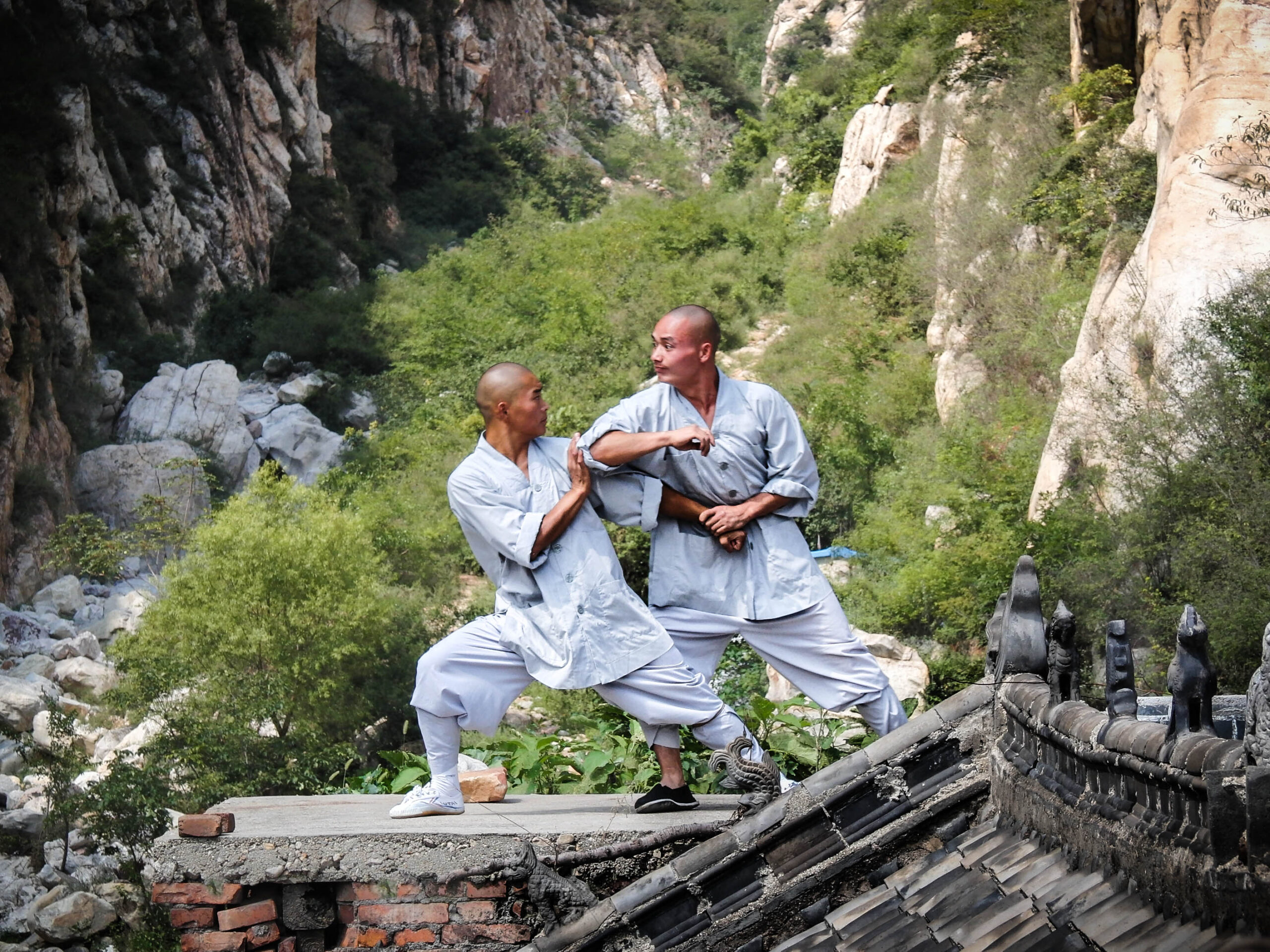
Combat applications: a must
We are firm believers that one does not learn to fight by practicing solo only. We teach fighting, although we don’t teach fighting on the basis of forms (unlike many other schools.). Our fighting methods are based on the principles that are the foundations of the forms. And so, by teaching a single principle to a student, he will be able to apply numerous techniques from a form that he has learned.
Although it is not a requirement, we recommend to our traditional students to practice sparring amongst themselves and with students of the MMA class, or to get enrolled in the MMA class for a certain amount of time, after they have mastered the traditional basics.
In addition to hand-to-hand combat methods, we also practice weapon sparring including spear and sword, with padded weapons, albeit not necessarily on a daily basis.
